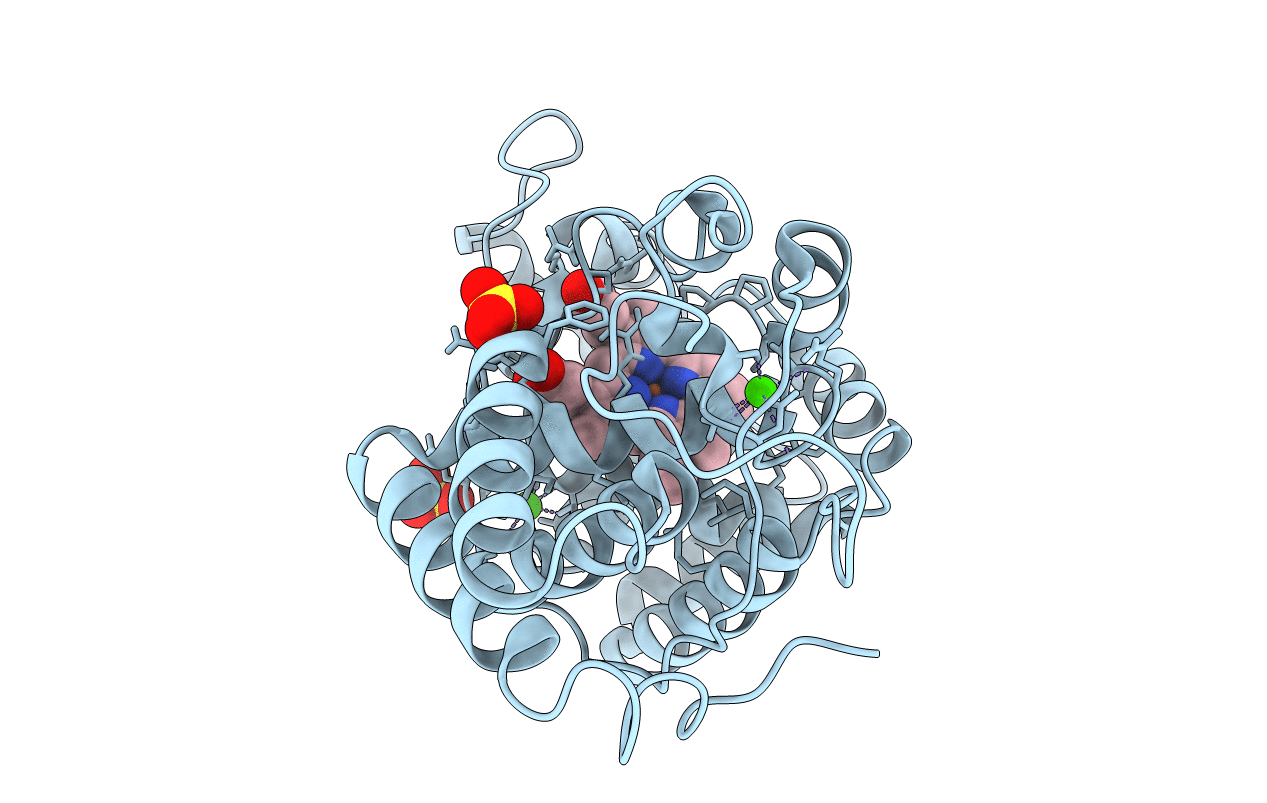
Deposition Date
2016-11-14
Release Date
2017-01-25
Last Version Date
2024-10-23
Entry Detail
PDB ID:
5TWT
Keywords:
Title:
Characterization of class III peroxidase from switchgrass (Panicum virgatum)
Biological Source:
Source Organism:
Panicum virgatum (Taxon ID: 38727)
Host Organism:
Method Details:
Experimental Method:
Resolution:
1.30 Å
R-Value Free:
0.14
R-Value Work:
0.13
R-Value Observed:
0.13
Space Group:
P 21 21 21


